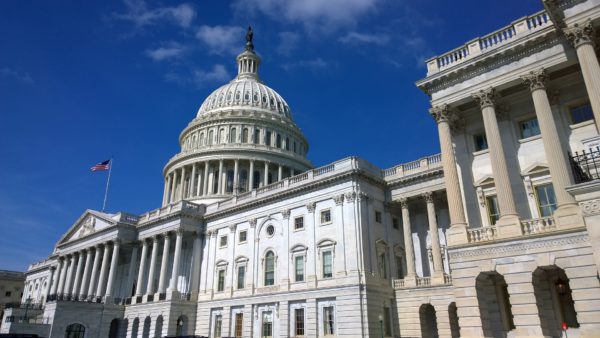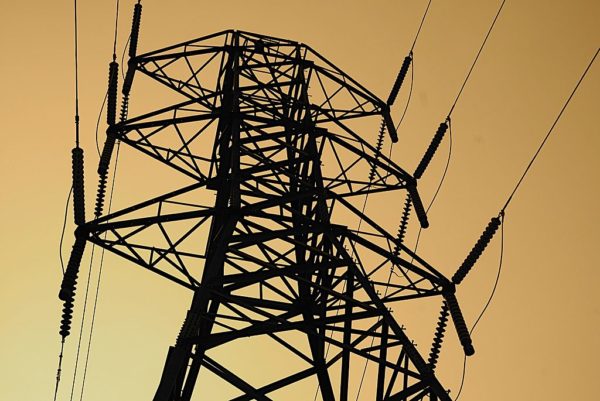A report from the American Council on Renewable Energy outlines the potential benefits of a transmission Investment Tax Credit (ITC), which has been proposed in the U.S. Senate and House of Representatives and is also included in the Biden administration’s American Jobs Plan.
The report argues that a targeted tax credit is necessary to incentivize construction of “regionally significant” high-voltage transmission infrastructure. It also explores the job creation, clean energy deployment, and private investment these projects could generate.
According to the analysis, a transmission ITC could enable an additional 30,000 MW of renewable energy capacity, spur more than $15 billion in private capital investment in the near term, and provide $2.3 billion in energy cost savings for the lower 80% of income brackets.
It says that that around 220 million MWh of additional domestic solar and wind generation would be enabled by 22 transmission projects that the report considered. This would equate to a nearly 50% increase in solar and wind generation from current levels, allowing wind and solar to grow from 11.6% to 17% of total U.S. electricity supply.
The report presents a policy rationale for a transmission ITC, arguing that no other functioning means currently exists of funding large-scale regional and interregional transmission in the United States.

Image: Pixabay
The report, Investment Tax Credit for Regionally Significant Electricity Transmission Lines: A Description and Analysis, was commissioned by ACORE in collaboration with Grid Strategies LLC.
A transmission Investment Tax Credit (ITC) bill was first introduced by U.S. Senator Martin Heinrich (D-NM) in December 2019. In June 2020 Rep. Steven Horsford (D-NV) introduced H.R. 7172 as companion legislation to Senator Heinrich’s bill. In March, Heinrich introduced an updated version of his Transmission ITC bill, and the Biden administration’s American Jobs Plan proposed a Transmission ITC.
The report found 22 projects that would likely be eligible for a targeted tax credit, making a total possible investment of $33.3 billion. Of these 22 projects, the report said that a little less than half would to start construction and qualify for the tax credit, mostly due to remaining permitting risks and the challenge of finding buyers and sellers to buy capacity on the transmission lines.
The report said that a tax credit would stimulate both of the main types of transmission projects, regulated rate-based projects and “merchant” lines whose costs are recovered through negotiated or market-based capacity reservations.
In the case of regulated lines, a utility or Regional Transmission Organization (RTO) would allocate the costs through a state or federal (FERC) regulatory process across a set of wholesale or retail customers. In that case, the tax credit would reduce the costs paid by those customers and make the cost allocation and approval process easier so more projects can move forward.

Image: Wikimedia Commons/nateconklin
In the case of merchant projects, the transmission capacity reservation costs that developers need to recover from wholesale customers would be reduced by the tax credit. This would allow the transmission developer to offer a more attractive price to customers, increasing the odds of success.
Few new lines
The report said that with few exceptions, the U.S. has not developed large-scale interregional transmission since a DC Pacific Intertie between California and the Pacific Northwest was completed 50 years ago. It said that although FERC tried to encourage interregional transmission in Order No. 1000 a decade ago, that has resulted in no large-scale projects.
FERC’s previous major Orders No. 888 in 1996, No. 2000 in 1999, and No. 890 in 2007 all attempted to promote large scale regional and interregional planning, but with what the report said was limited success.
The report aid that tax policy is a primary tool that Congress uses to provide federal incentives for investments in energy development, particularly renewable technologies.50 Tax incentives can reduce the cost of a technology and stimulate development of new or under-utilized resources.
It said that tax policy was instrumental in promoting fossil fuels and in driving the development of hydraulic fracturing (fracking) and the shale gas revolution, and are currently available to incentivize carbon capture and storage and new nuclear generation. Tax credits also have driven large growth in wind and solar energy over the last decade.
This content is protected by copyright and may not be reused. If you want to cooperate with us and would like to reuse some of our content, please contact: editors@pv-magazine.com.









By submitting this form you agree to pv magazine using your data for the purposes of publishing your comment.
Your personal data will only be disclosed or otherwise transmitted to third parties for the purposes of spam filtering or if this is necessary for technical maintenance of the website. Any other transfer to third parties will not take place unless this is justified on the basis of applicable data protection regulations or if pv magazine is legally obliged to do so.
You may revoke this consent at any time with effect for the future, in which case your personal data will be deleted immediately. Otherwise, your data will be deleted if pv magazine has processed your request or the purpose of data storage is fulfilled.
Further information on data privacy can be found in our Data Protection Policy.